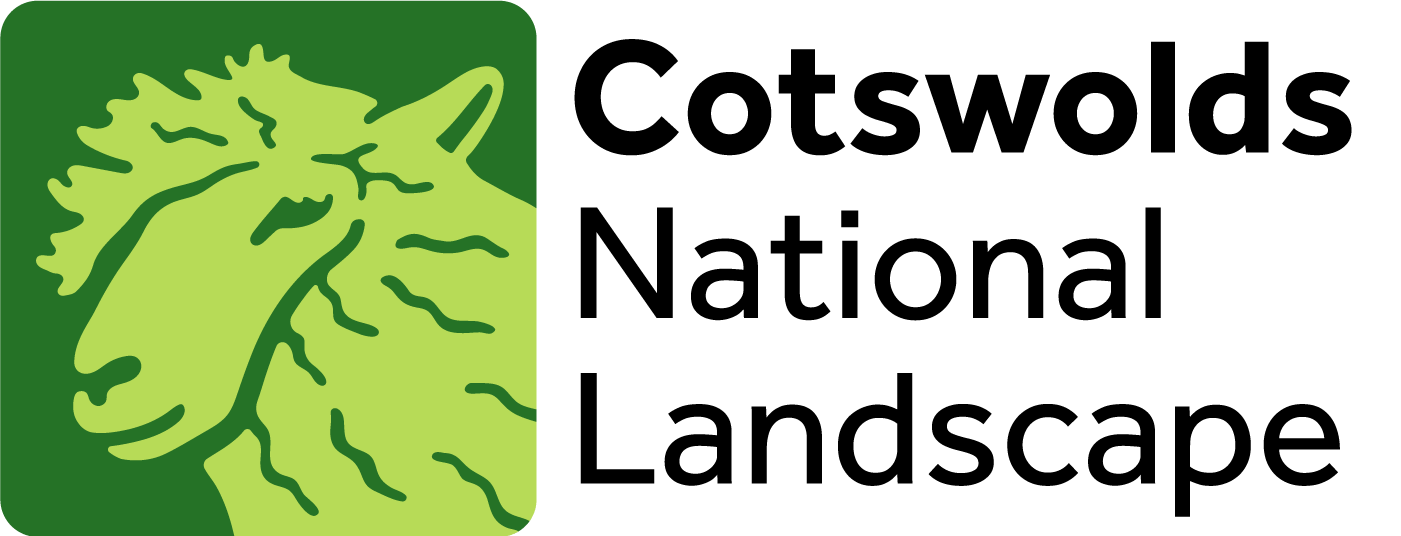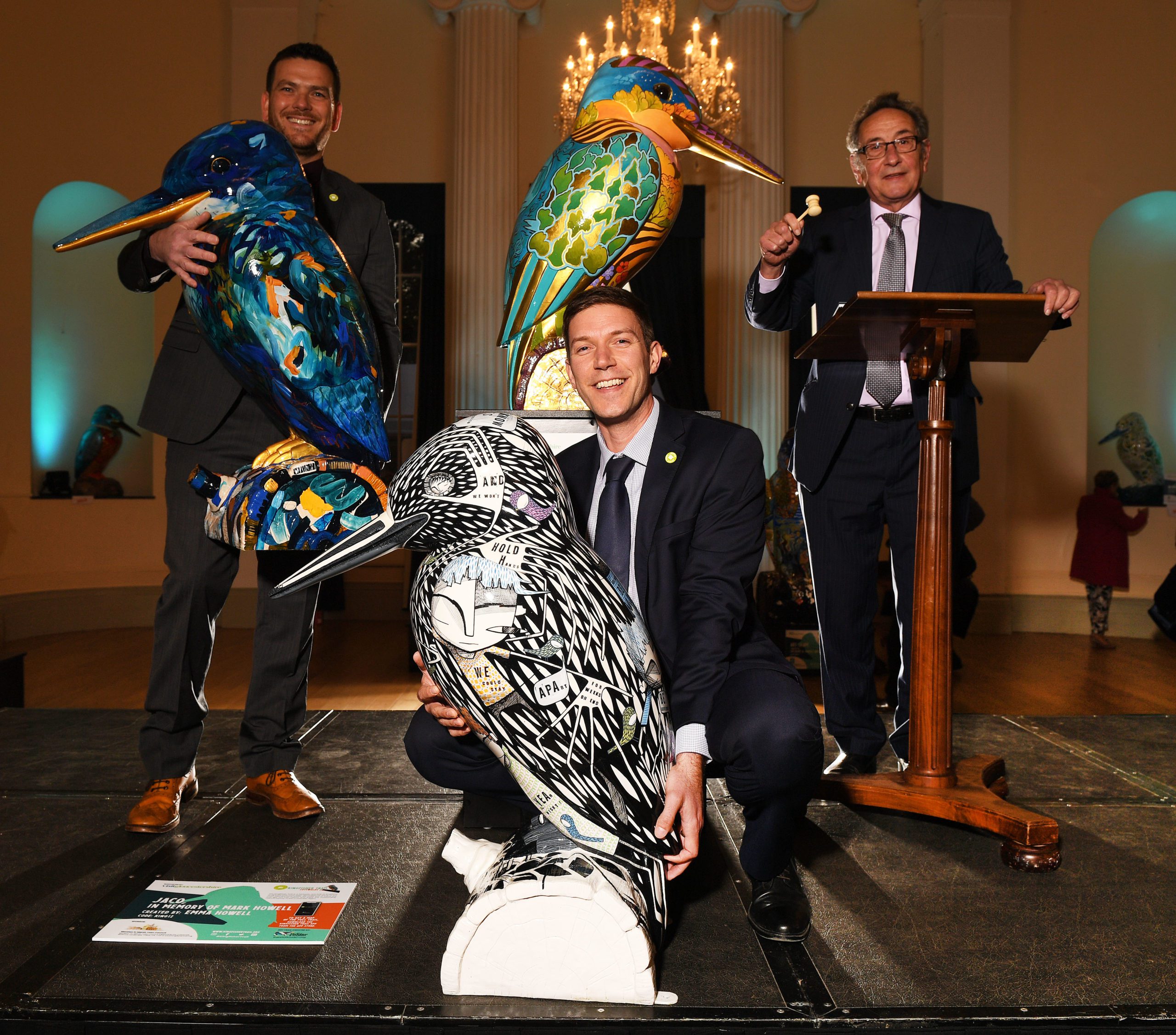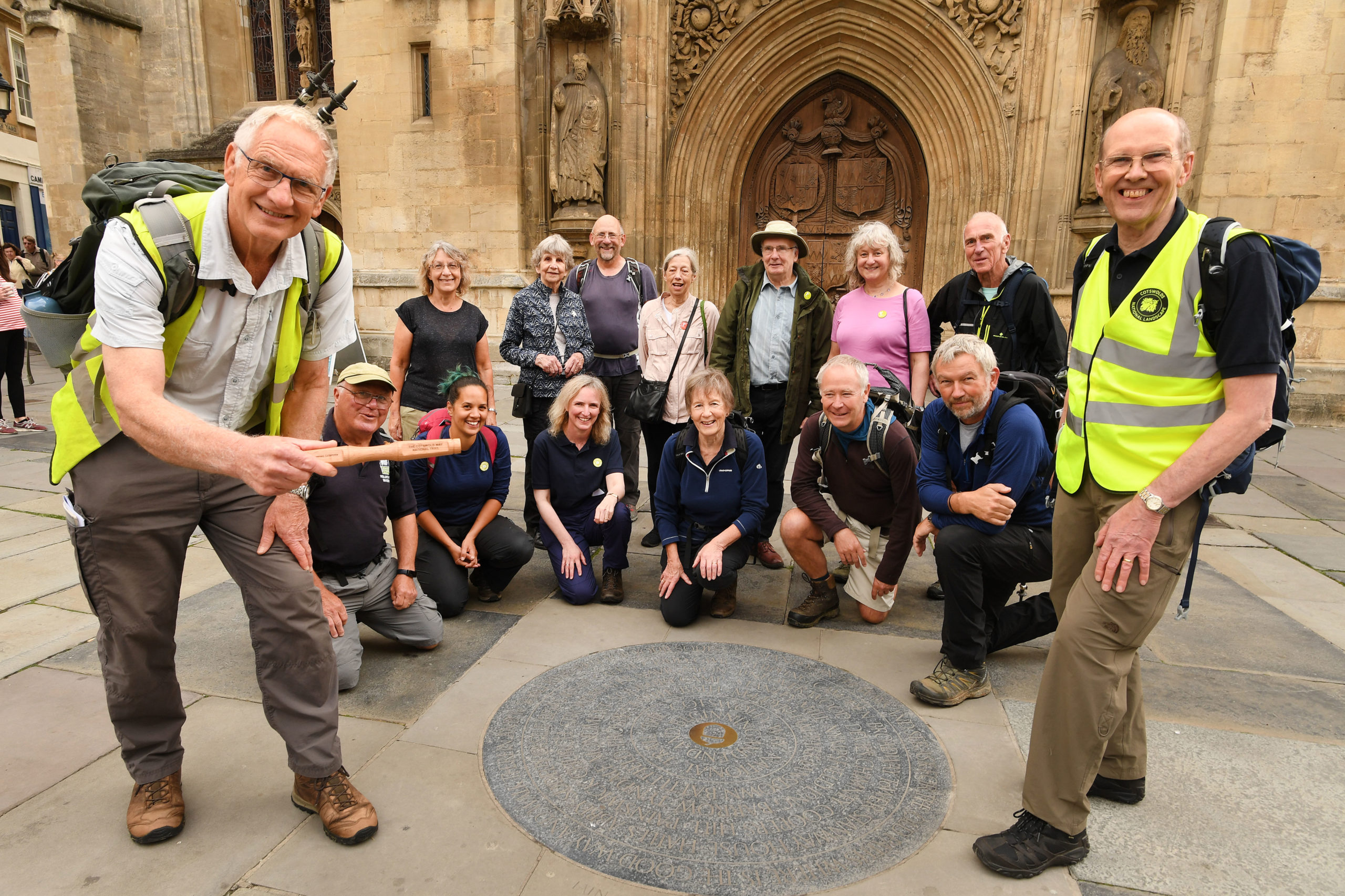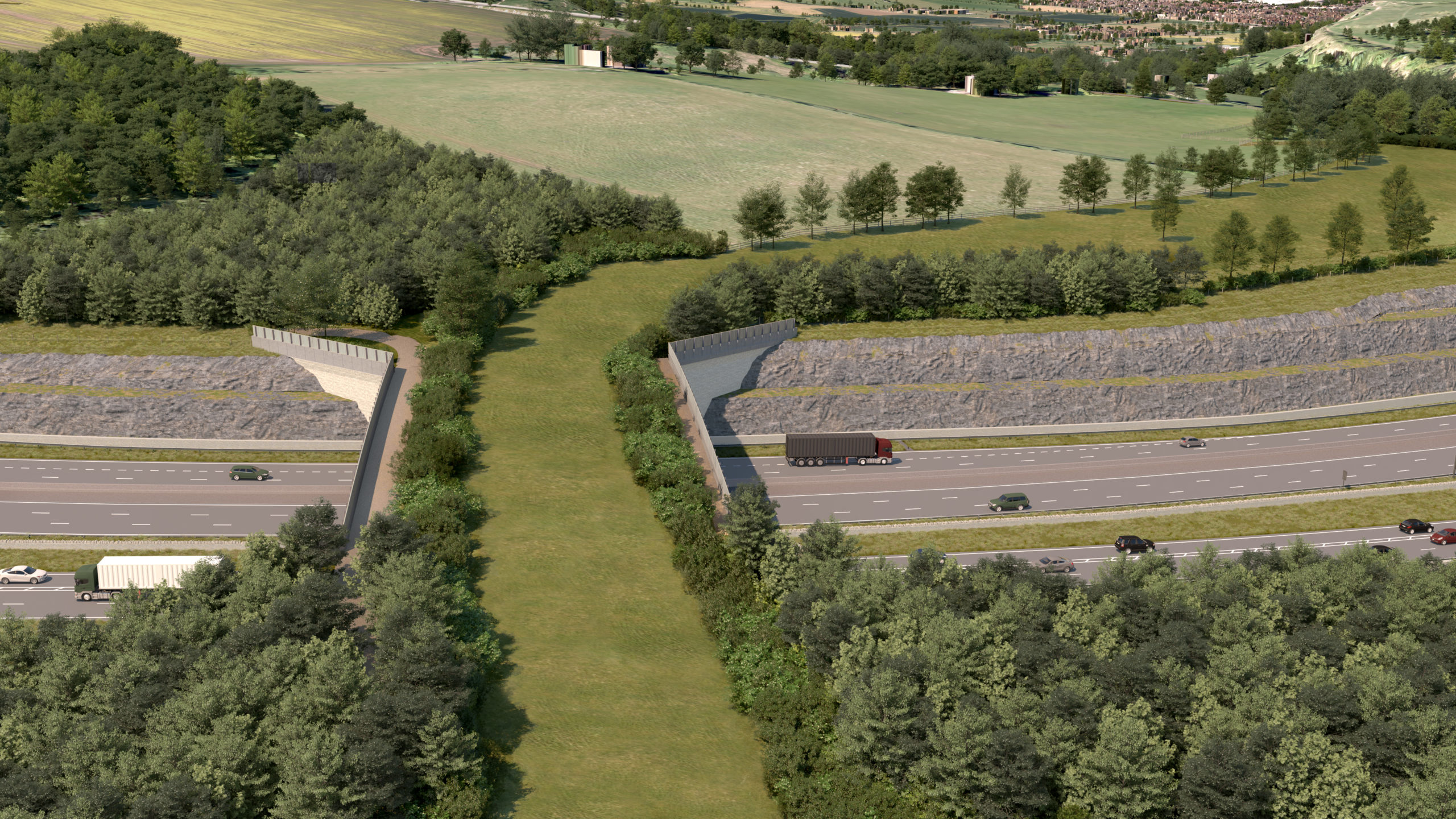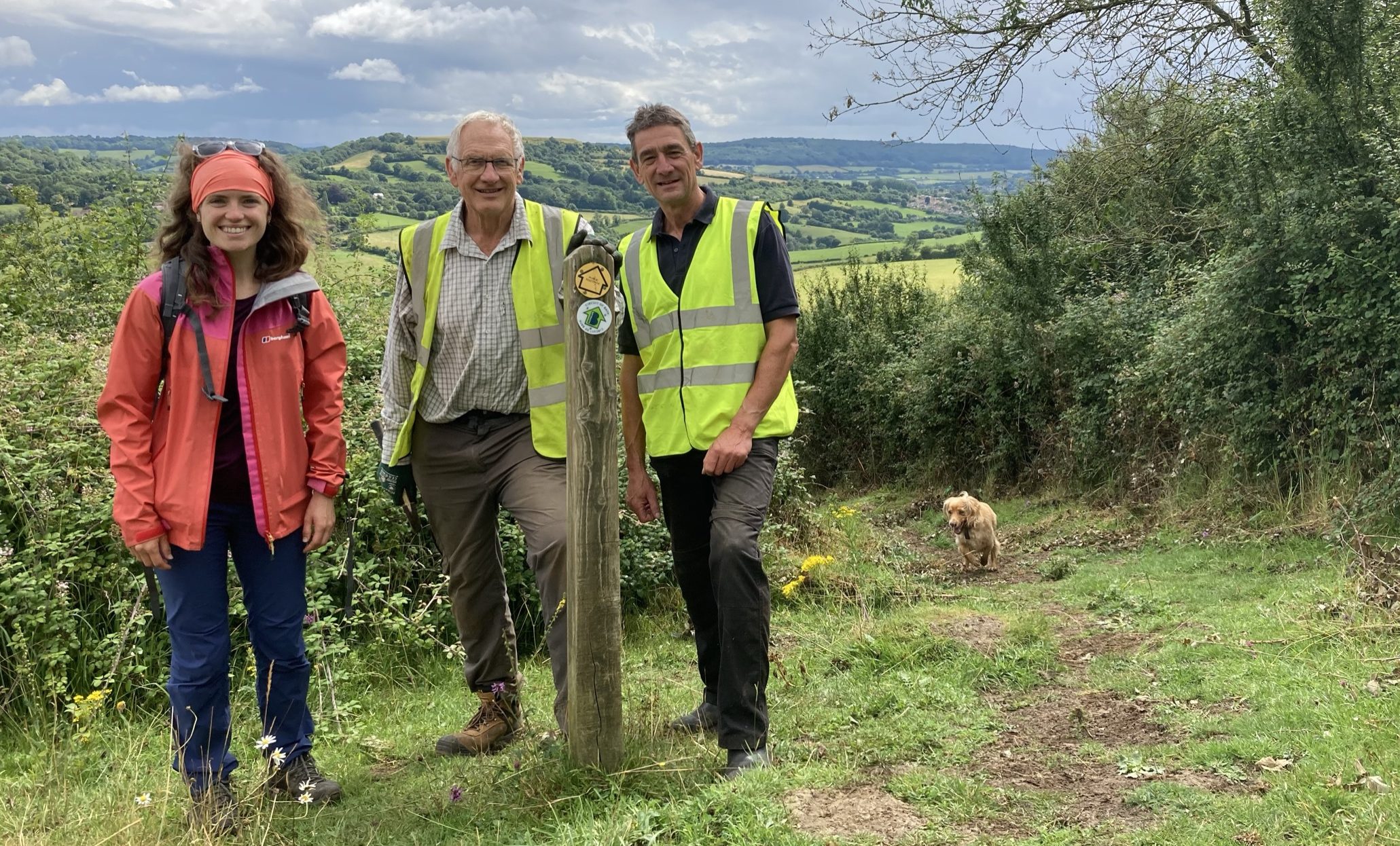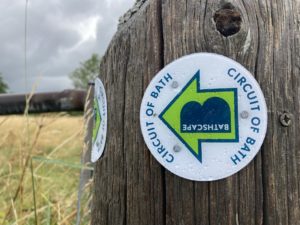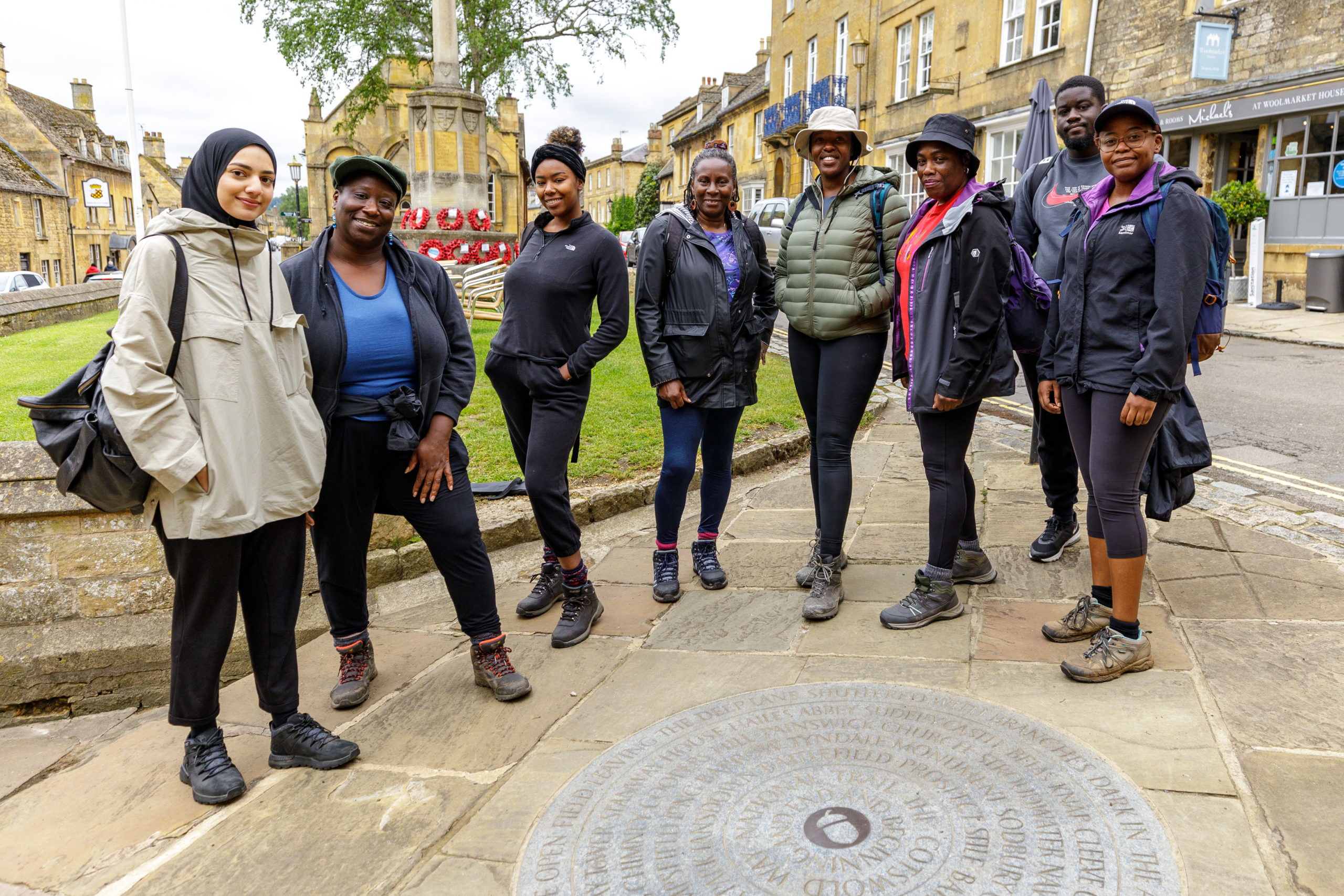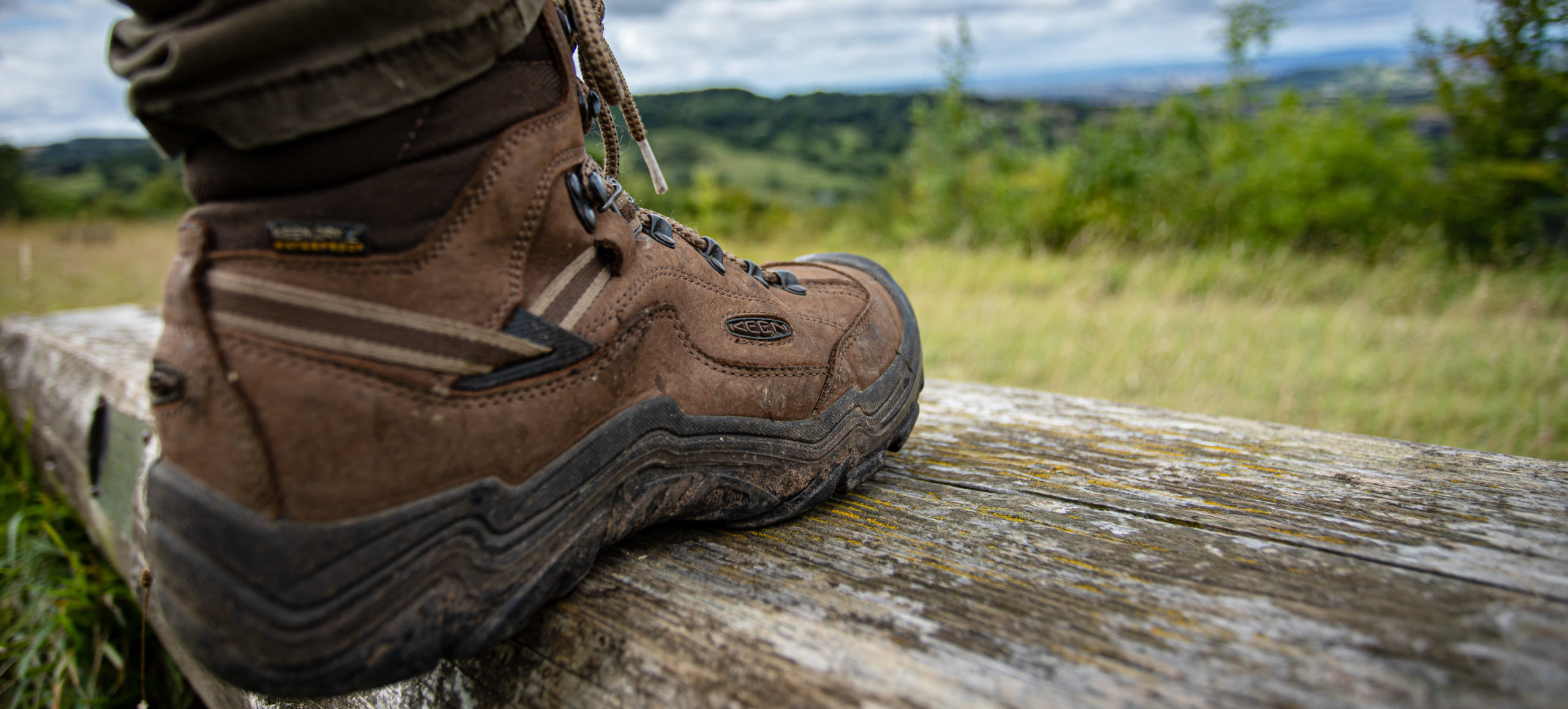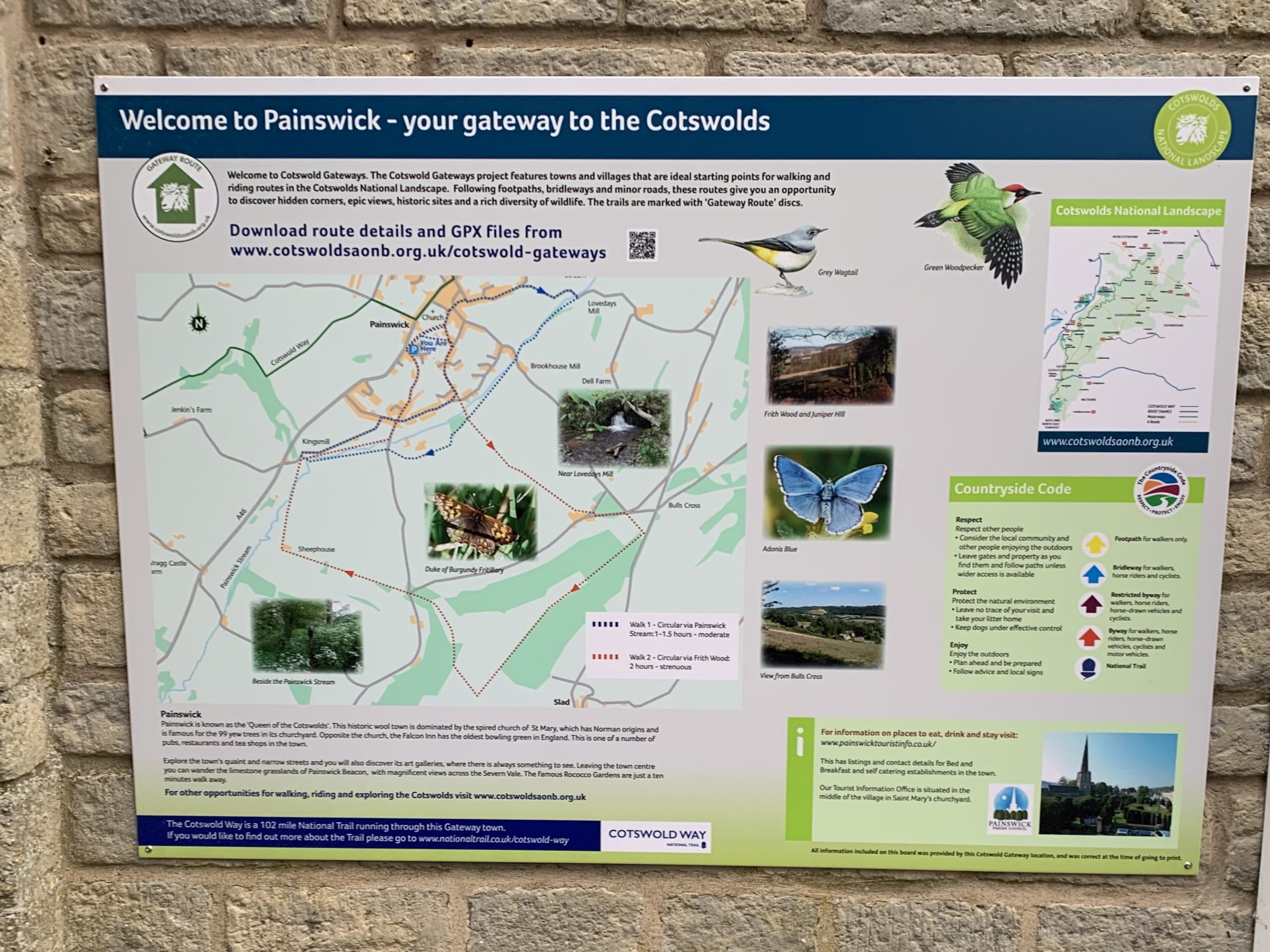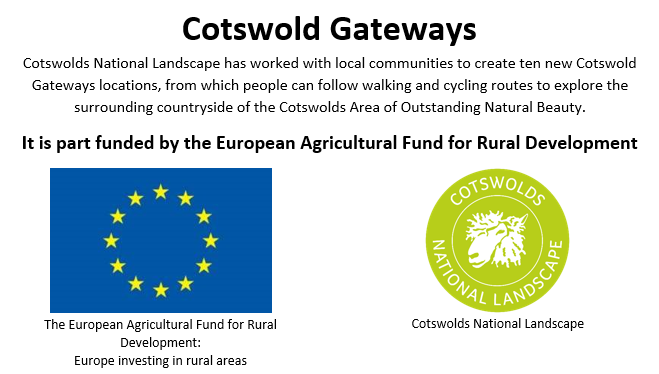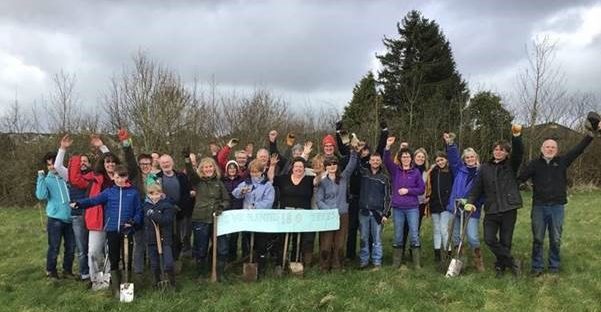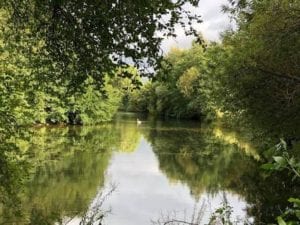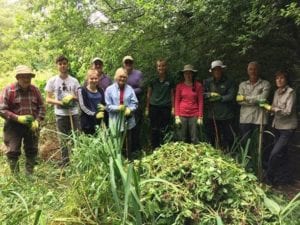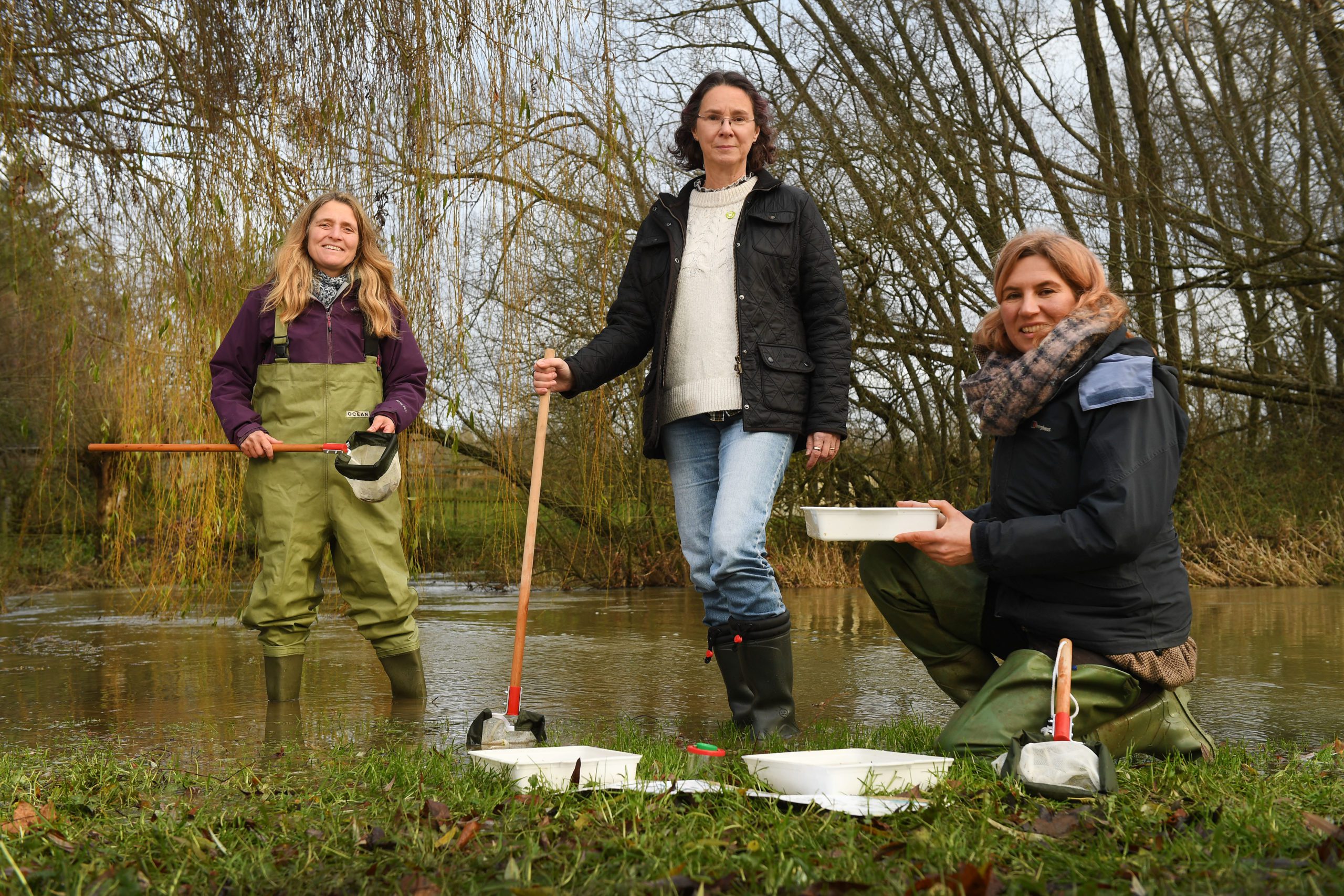
The new Everyone’s Evenlode project team (L-R): Rosalind Marsden, Ruth Rudwick, Rowan Wynne-Jones. Image by Russell Sach.
This January, the new Everyone’s Evenlode project, being delivered by the Cotswolds National Landscape team, picks up pace with the final member of the new team arriving in post.
Thanks to funding from Thames Water’s Smarter Catchment initiative for the River Evenlode (in partnership with the Evenlode Catchment Partnership), three new team members dedicated to education and outreach across the Evenlode catchment area have joined the Cotswolds National Landscape team. Rosalind Marsden has joined as the new Education Officer, Ruth Rudwick is the project’s Community Outreach Officer, and Rowan Wynne-Jones is the Community Outreach and Education Officer.
Thames Water’s River Evenlode Smarter Catchment plan aims to develop a programme of inspiring activities to show the relevance of the river and its catchment within the community. The new Everyone’s Evenlode team will help meet these aims by encouraging people to understand the amazing benefits of a healthy river environment; helping them access and enjoy nature; and by engaging with schools – to help inspire younger generations to connect with their local stretch of river, learn about healthy river environments and nature, and act to take positive action to care for and ecologically improve the River Evenlode.
Each member of the new team brings a specialism, and together, they will be developing an exciting programme of opportunities for people to wade right into caring for the Evenlode!
Ruth, who is combining her new role with finishing a wildlife conservation foundation degree at the Royal Agricultural University, will be working with youth and community groups to help them access the Evenlode. She says, “By exploring opportunities to enjoy the river, people also understand its environment more and that can lead to action to take care of it. It’s about enjoying and caring for the whole catchment area, even beyond the river itself: doing hedgerow surveys, or creating leaky dams to help with flood management, or building and putting up bird and bat boxes”.
Ros, whose previous roles have included a wealth of outdoor teaching for organisations like Gloucestershire Wildlife Trust and the National Trust, is just as keen to get the project in full flow. She is enthusiastic about setting up a pilot River Schools project aimed at both primary and secondary students, similar in concept to Forest Schools. Ros will aim to offer a range of activities to choose from, for example pond dipping, tracks and signs, seasons and senses, possibly some rural crafting, a river walk, or learning related to water cycles.
Rowan joins the team as an experienced forest school leader, youth worker, and community outreach worker. Her hybrid role for Everyone’s Evenlode includes elements of both community outreach, and working with schools. She says, “Spending time in nature provides a multitude of benefits for people’s mental and physical wellbeing, from reducing stress levels and anxiety, to increasing fitness levels and general happiness, whilst simultaneously helping individuals to feel a greater connection to something outside of themselves. Providing children and young people with the opportunity to explore, learn about, and engage with their local watercourses can help spark a life-long passion for protecting the environment, as well as providing opportunities for memorable, hands-on learning.”
The team hopes that this project will help provide opportunities for members of the community to access stretches of the River Evenlode, and encourage them to find ways to engage with it that benefit both themselves and the environment.
Together, this aquatic dream team will be actively seeking schools and groups from right across the Evenlode catchment area to get involved in the project – hoping to inspire people from all walks of life to care about their Evenlode.
The Everyone’s Evenlode team is very keen to hear from schools, youth and community groups, landowners, farmers and individuals within (and close to) the Evenlode catchment area: if you would like to find out more or be involved in the Everyone’s Evenlode project, please email the team at evenlode@cotswolds-nl.org.uk.
ENDS
Notes to editors:
- Please contact Alana Hopkins at alana.hopkins@cotswolds-nl.org.uk for further information or interview opportunities.
- For more information about the Everyone’s Evenlode, please visit https://www.cotswolds-nl.org.uk/looking-after/engaging-with-evenlode/
- The Cotswolds National Landscape was designated an Area of Outstanding Natural Beauty (AONB) in 1966 in recognition of its rich, diverse and high quality landscape. www.cotswolds-nl.org.uk
- The Cotswolds National Landscape is looked after by an independent organisation (officially titled Cotswolds Conservation Board) established in 2004 which has a small employee team along with 37 board members – 15 nominated by local authorities, 8 by parish councils and 14 appointed by the Secretary of State.
- The Cotswolds is the third largest protected landscape in England after the Lake District and Yorkshire Dales National Parks and represents 10% of the total AONB area in the UK. It covers 2,038 square kilometres (790 square miles), stretching from Warwickshire and Worcestershire in the north, through Gloucestershire and Oxfordshire, down to Bath and Wiltshire in the south.
- Areas of Outstanding Natural Beauty (AONB), along with National Parks, are considered to be the most special landscapes in the country and belong to an international family of protected areas. There are 38 AONBs in England and Wales, and a further eight in Northern Ireland. For further details, visit: www.landscapesforlife.org.uk. For details of the 15 National Parks in the UK visit: www.nationalparks.uk
